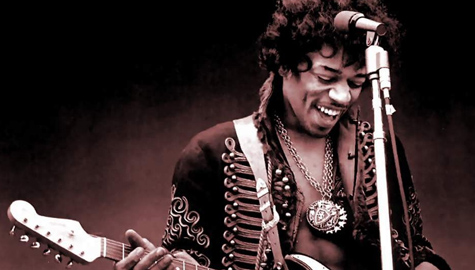

You can try to open an existing midi-source in a sequencer (such as Cubase, Fruity Loops, Pro Tools or any other), install all VST-instruments required, and only after then you'll get some meaningful result. If you ever changed your synth, there's no warranty that you'll get a great sound on your new synth with you old midi-sources! MIDI is strictly depends on the hardware where it was created. You're limited by quality or a number of timbers of your synth. Playing MIDI, hardware of sotware synth uses its embedded timbres to produce sounds. MIDI supposes that you use so called software-hardware complex. MIDI is an interface and it has been originally designed to store and transfer commands, such as when and how loud key is pressed, MIDI does not contain any complex phicysal characteristics of real-word's sounds. Midi-files consists of events (such as Note On, Note Off, Aftertouch etc). Midi-format does not contain any information about the timbre of sound played. You can try to look for MIDI files of popular compositions in open sources.

Too many dependencies.Īnother interesting format is MIDI-karaoke. Push a magic button and enjoy! But what if we want to edit or customize something in the backing track?

Karaoke has one big advantage over other formats - it's very simple for end-users and users not having any experience at all are able to use it. If some song becomes popular you'll be able to find karaoke-version of it very soon! But what if it's not very popular? They make a huge quantity of content for them.
#LITTLE WING JIMI HENDRIX MP3 PROFESSIONAL#
Professional musicians and engineers are participants of their teams. There're many different vendors of karaoke. The format is the most common and the most popular. It can contain lyrics of the song as subtitles. It could be a video-karaoke or karaoke in mp3-format. The next variety of backing tracks is karaoke. To find such a recording is a piece of good luck! No. One bad move can destroy a whole mixdown! Sometimes there could be a few different versions of the original phonogram: with or without backing vocal. We can say that the original backing track is closed for transformation. You don't have to make an effort to create a great final mix, like in the case with another kinds of backing tracks, but you don't have a technical opportunity to extract something from the mix finalized. The difference is that all instruments are bounced in a stereo-track. The original phonogram has only a few differences from the original multitrack. Such tracks, as a rule, are shared by authors or their assistants. The next kind of phonograms are stereo-mixes of original songs without vocal. That's why it's very difficult to recover all the palette of the original mix even in you have an original multitrack! To make a good mix is a complex task, it's a creative act. Yes, you have physical files, but you don't have appropriate hardware mounted in racks, mixer console as used during record and many other things. It's a very useful experience to learn multitracks of the greatest hits! Let's say, original studio multitracks of Michael Jackson, Freddy Mercury, Deep Purple or any other. For instance, such multitracks could be used by people interesting the art of mixing, other musicians or DJs. It's the way to get more respect in the professional industry, among other musicians and sound engineers. Many artists and groups purposefully publish their most technically difficult, commercially successful, or just very popular songs in the multitrack format. You can find some original stems shared by songs' authors themselves. Let's reflect a little bit more about where all phonograms are even coming from and what kinds of backing tracks are there? The No. We'd also like to share our experience and to talk a few words about our vision and approach. In the article given, we'll run through some technical subjects, which sometimes stay uncertain or misunderstood. Well, in the meantime, let’s discuss a little more about which benefits multitracks give to us and why the project is conceived.


 0 kommentar(er)
0 kommentar(er)
